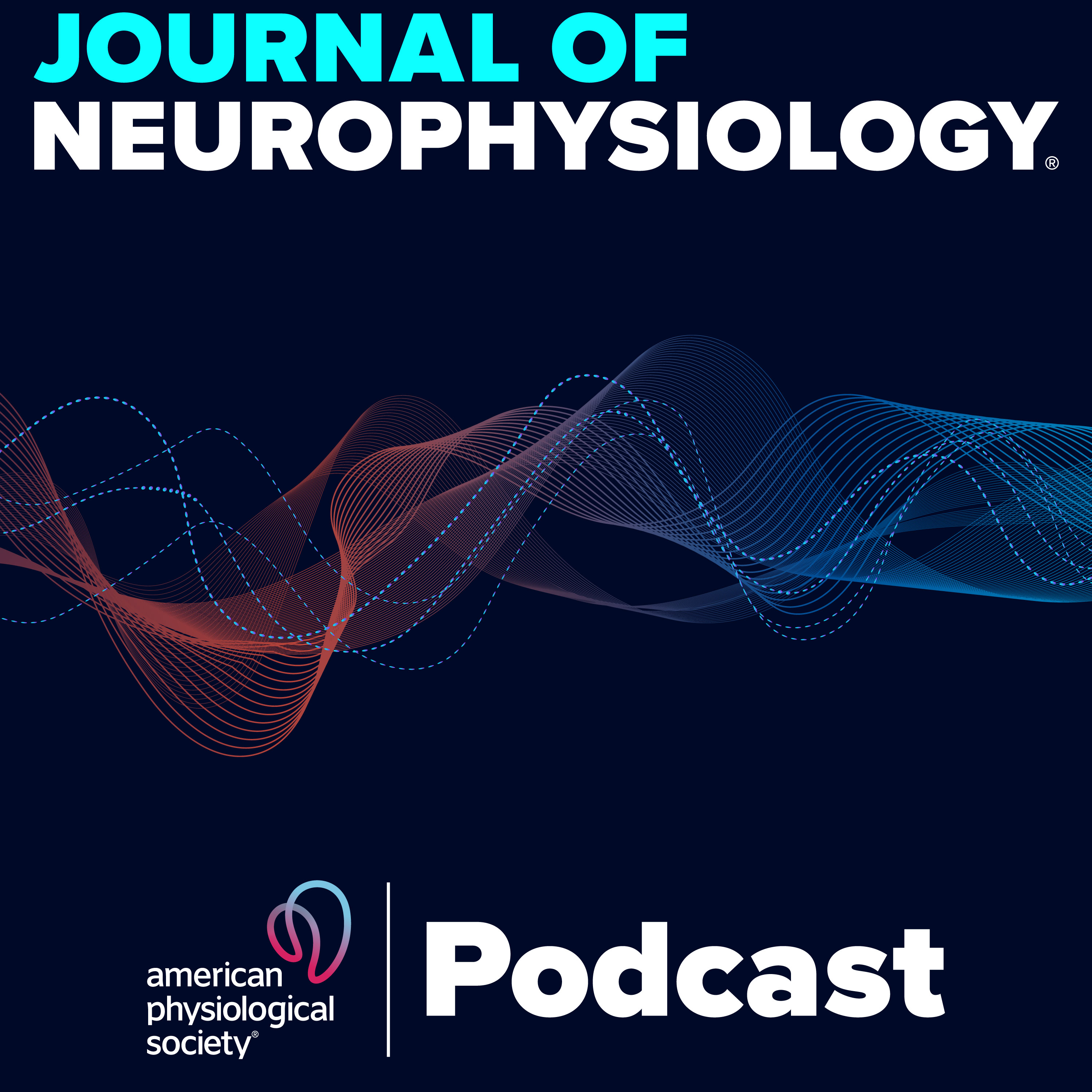Episodes
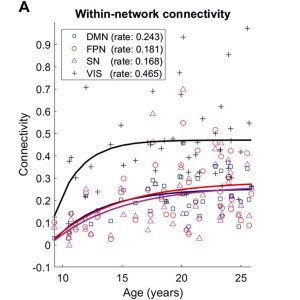
Wednesday Jan 23, 2019
Development of human electrophysiological brain networks
Wednesday Jan 23, 2019
Wednesday Jan 23, 2019
How do complex brain networks develop during adolescence? In this podcast, Editor-in-Chief Bill Yates talks with Dr. Paul Briley and Dr. Peter Liddle (both from the University of Nottingham) about their recent study which employed magnetoencephalography to assess beta frequency oscillations in higher-order cognitive and sensory networks. This article was also chosen for the December 2018 issue APSselect. Listen to learn about the functional connectivity, brain development, MEG methodology, and more!
Development of human electrophysiological brain networks
Paul M. Briley, Elizabeth B. Liddle, Madeleine J. Groom, Helen J. F. Smith, Peter G. Morris, Giles L. Colclough, Matthew J. Brookes, and Peter F. Liddle
Journal of Neurophysiology, Published online December 7, 2018.
DOI: 10.1152/jn.00293.2018.

Thursday Sep 06, 2018
Thursday Sep 06, 2018
The Journal of Neurophysiology was a sponsor of the 2018 Society for the Neural Control of Movement meeting, which was held May 1-4 in Santa Fe, NM, USA. The journal is also publishing an editorial related to this meeting. In this podcast, Editor-in-Chief Bill Yates talks with two of the authors of this editorial: Raeed Chowdhury (Northwestern University) and Teja Bollu (Cornell University). Listen to learn about some of the big takeaways from NCM 2018!
Highlights from the 28th Annual Meeting of the Society for the Neural Control of Movement
Kevin A. Mazurek, Michael Berger, Tejapratap Bollu, Raeed H. Chowdhury, Naveen Elangovan, Irene A. Kuling, M. Hongchul Sohn
Journal of Neurophysiology, Article in Press.
DOI: 10.1152/jn.00475.2018.
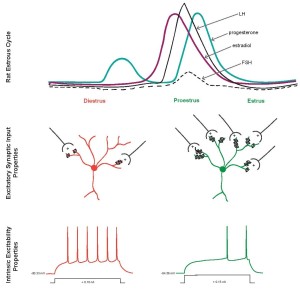
Friday Aug 31, 2018
Friday Aug 31, 2018
Do sex hormone cycles to alter intrinsic neural electrophysiological properties in the AcbC? In this podcast, Editor-in-Chief Bill Yates talks with Stephanie Proano and Dr. John Meitzen (both from North Carolina State University) about a recent study which explored the effect of the female estrous cycle on medium spiny neurons in the nucleus accumbens core in adult rats. Listen to learn about neural sex differences, medium spiny neurons, female hormone cycles, and more!
Estrous cycle-induced sex differences in medium spiny neuron excitatory synaptic transmission and intrinsic excitability in adult rat nucleus accumbens core
Stephanie Proano, Hannah J. Morris, Lindsey M Kunz, David M Dorris, and John Meitzen
Journal of Neurophysiology, Article in Press.
DOI: 10.1152/jn.00263.2018.

Tuesday Aug 28, 2018
Learning by heart
Tuesday Aug 28, 2018
Tuesday Aug 28, 2018
Is it easier to learn at certain phases in the cardiac cycle? In this podcast, Editor-in-Chief Bill Yates talks with Tomi Waselius, Dr. Jan Wikgren, Dr. Markku Penttonen, and Dr. Miriam Nokia (all from the University of Jyväskylä, Finland) about their recent study which explored this question in both humans and rabbits. Their article was also chosen for July's issue APSselect. Listen to learn more about the methodologies which these researchers employed, and their findings on how the cardiac cycle modulates higher order processing of external stimuli.
Learning by heart: cardiac cycle reveals an effective time window for learning
Tomi Waselius, Jan Wikgren, Hanna Halkola, Markku Penttonen, and Miriam S. Nokia
Journal of Neurophysiology, Published online August 15, 2018.
DOI: 10.1152/jn.00128.2018.
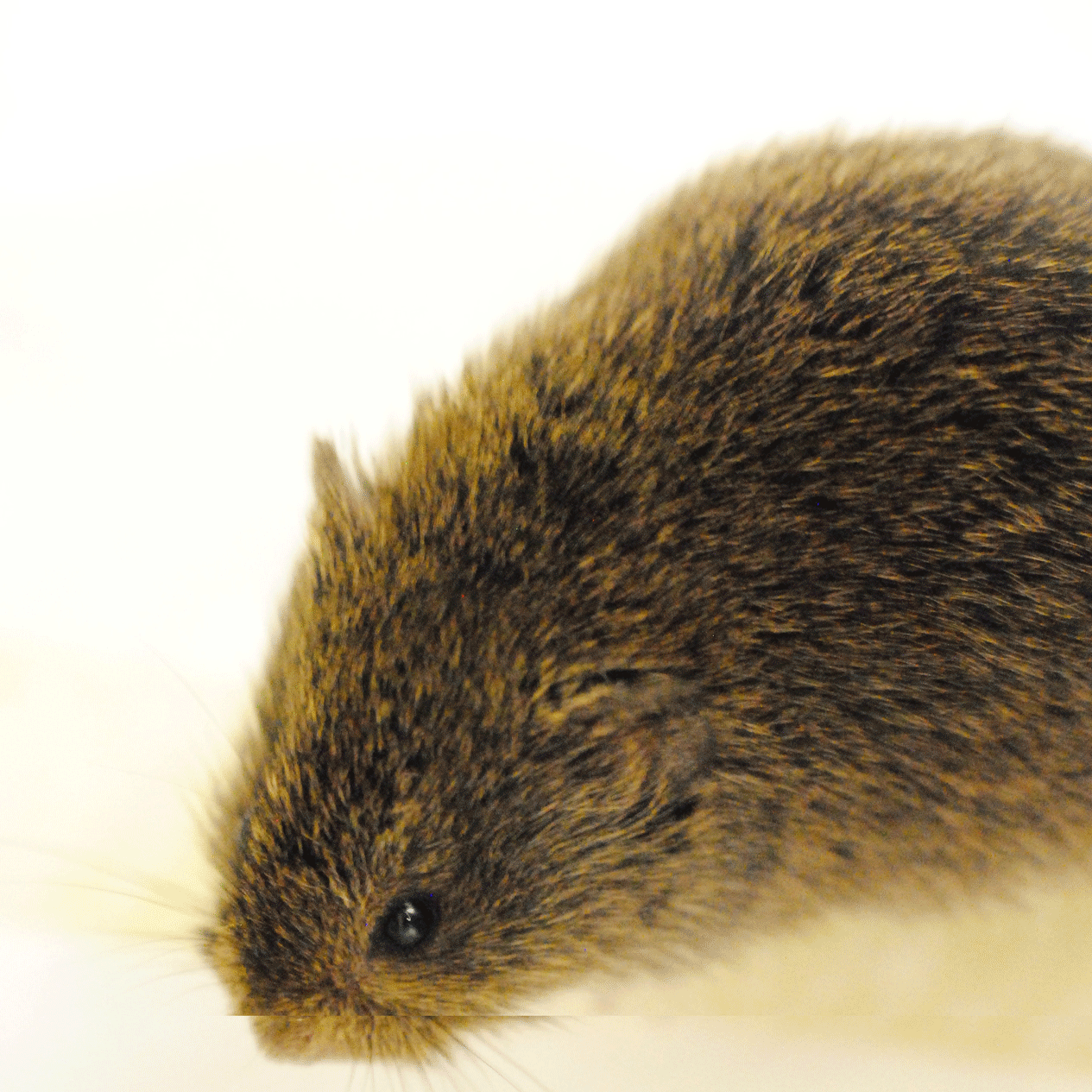
Wednesday May 09, 2018
Medium spiny neurons and pair bonding in the prairie vole
Wednesday May 09, 2018
Wednesday May 09, 2018
Does an individual's preference for monogamy have some connection to the electrophysiological properties of medium spiny neurons (MSNs) in the nucleus accumbens? In this podcast, Editor-in-Chief Bill Yates talks with Jaime Willett (North Carolina State University) and Dr. Andrea Vogel (Cornell University) about their recent study which explored this question in the prairie vole, one of the few animal models which demonstrate pair bonding. Their article was also chosen for March's APSselect. Listen to learn about prairie vole social behavior, MSN excitability, methodologies for quantifying partner preference, and more!
Nucleus accumbens core medium spiny neuron electrophysiological properties and partner preference behavior in the adult male prairie vole, Microtus ochrogaster
Jaime A. Willett, Ashlyn G. Johnson, Andrea R. Vogel, Heather B. Patisaul, Lisa A. McGraw, and John Meitzen
Journal of Neurophysiology, Published online April 18, 2018.
DOI: 10.1152/jn.00737.2017.
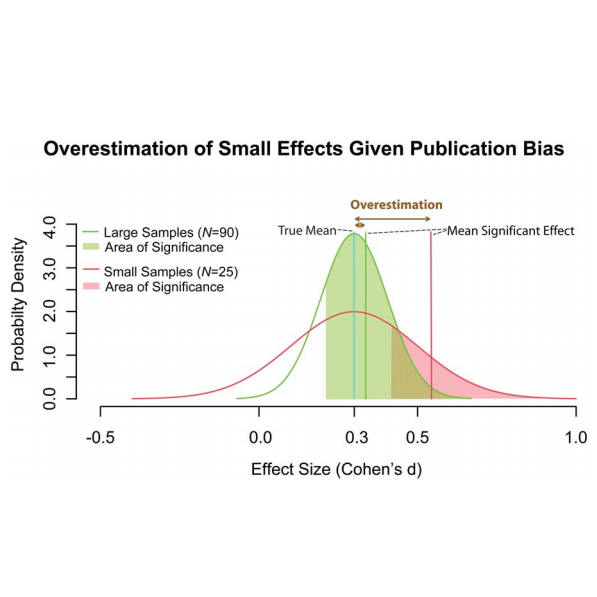
Monday Apr 30, 2018
May the power be with you: Highly powered studies in neuroscience
Monday Apr 30, 2018
Monday Apr 30, 2018
Listen as Editor-in-Chief Bill Yates talks with Johannes Algermissen (Donders Institute, Radboud University) and David Mehler (Cardiff University Brain Research Imaging Centre) about a new NeuroForum which discusses recent work on statistical power in neuroscience studies. They also discuss recent developments meant to address power problems, and offer suggestions to continue the trend of increasing power. Learn about statistical models, effect sizes, new techniques for data collection, career advancement in science, and more!
May the power be with you: Are there highly powered studies in neuroscience, and how can we get more of them?
Johannes Algermissen and David Marc Anton Mehler
Journal of Neurophysiology, Article in Press.
DOI: 10.1152/jn.00765.2017.
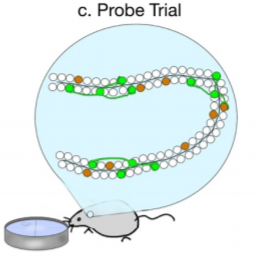
Wednesday Apr 18, 2018
Neurogenesis: Remembering all or forgetting some
Wednesday Apr 18, 2018
Wednesday Apr 18, 2018
In this new podcast based on a recent NeuroForum article, Editor-in-Chief Bill Yates talks with Dr. Shikha Jain Goodwin (University of Minnesota, soon to be University of Pittsburgh) about a minireview of recent studies which explore what happens to memories formed before neurogenesis in the hippocampus. They also discuss the process of submitting a NeuroForum article, and the experience of transitioning from PhD studies to post-doctoral research. Listen to learn about memory maintenance, conflicting results, career advancement in science, and more!
Neurogenesis: Remembering all or forgetting some
Shikha Jain Goodwin
Journal of Neurophysiology, Article in Press.
DOI: 10.1152/jn.00428.2017.

Friday Mar 30, 2018
Differentiating wakefulness from unconsciousness
Friday Mar 30, 2018
Friday Mar 30, 2018
What is consciousness, and how can we definitively determine whether one is conscious or unconscious? In this podcast, Editor-in-Chief Bill Yates (University of Pittsburgh) talks with Dr. A. Vania Apkarian (Northwestern University Feinberg School of Medicine) about new study which investigated these questions by computing a variety of neural information measures in awake and anesthetized rats. This study was also chosen for February's issue of APSselect. Listen to learn about states of consciousness, confounds for neural metrics, BOLD variability, and more!
BOLD temporal variability differentiates wakefulness from anesthesia-induced unconsciousness
Alexis T. Baria, Maria V. Centeno, Mariam E. Ghantous, Pei C. Chang, Daniele Procissi, and A. Vania Apkarian
Journal of Neurophysiology, published online March 1, 2018.
DOI: 10.1152/jn.00714.2017.
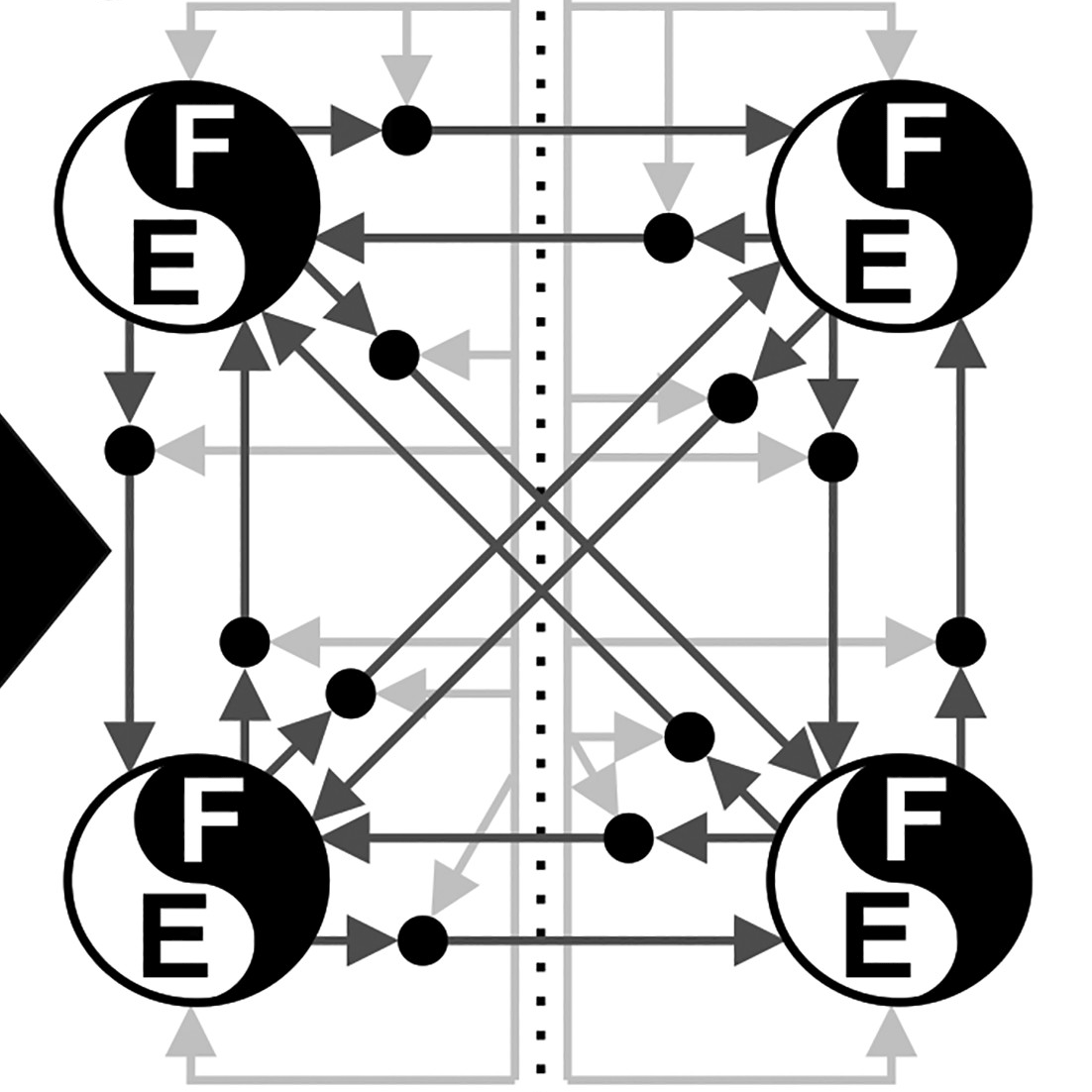
Friday Mar 23, 2018
Arm-cycling for poststroke walking rehabilitation
Friday Mar 23, 2018
Friday Mar 23, 2018
Is it possible that training the arms may influence the rehabilitation of walking following stroke? If so, how does this occur? In this podcast, Editor-in-Chief Bill Yates (University of Pittsburgh) talks with Dr. E. Paul Zehr (University of Victoria, British Columbia) about new study which explores these questions, and which was chosen for February's issue of APSselect. Listen to learn about locomotor central pattern-generating networks, cutaneous reflex modulation, interlimb connectivity, and more!
Rhythmic arm cycling training improves walking and neurophysiological integrity in chronic stroke: the arms can give legs a helping hand in rehabilitation
Chelsea Kaupp, Gregory E. P. Pearcey, Taryn Klarner, Yao Sun, Hilary Cullen, Trevor S. Barss, and E. Paul Zehr
Journal of Neurophysiology, published online March 9, 2018.
DOI: 10.1152/jn.00570.2017.
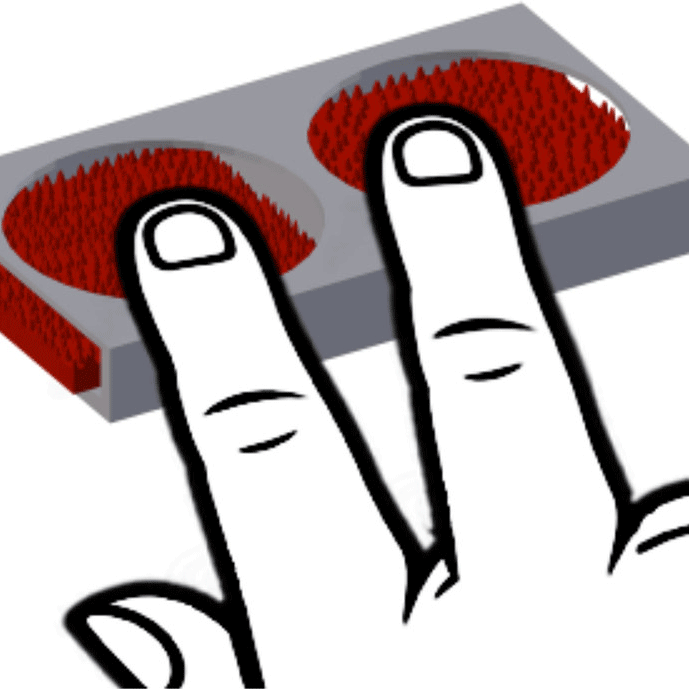
Monday Mar 19, 2018
Tactile perception of the roughness of 3D-printed textures
Monday Mar 19, 2018
Monday Mar 19, 2018
How do the physical parameters of a surface affect the neural perception of roughness? In this podcast, Editor-in-Chief Bill Yates (University of Pittsburgh) talks with Chelsea Tymms (NYU) and Dr. Esther Gardner (NYU) about their new study, which was chosen for January's issue of APSselect. This study investigated in human subjects how estimations of roughness vary for precisely defined, 3D-printed surfaces. Listen to learn about parametric modeling of surfaces, the role of papillary ridges in touch, and more!
Tactile perception of the roughness of 3D-printed textures
Chelsea Tymms, Denis Zorin, and Esther P. Gardner
Journal of Neurophysiology, published online March 1, 2018.
DOI: 10.1152/jn.00564.2017.

